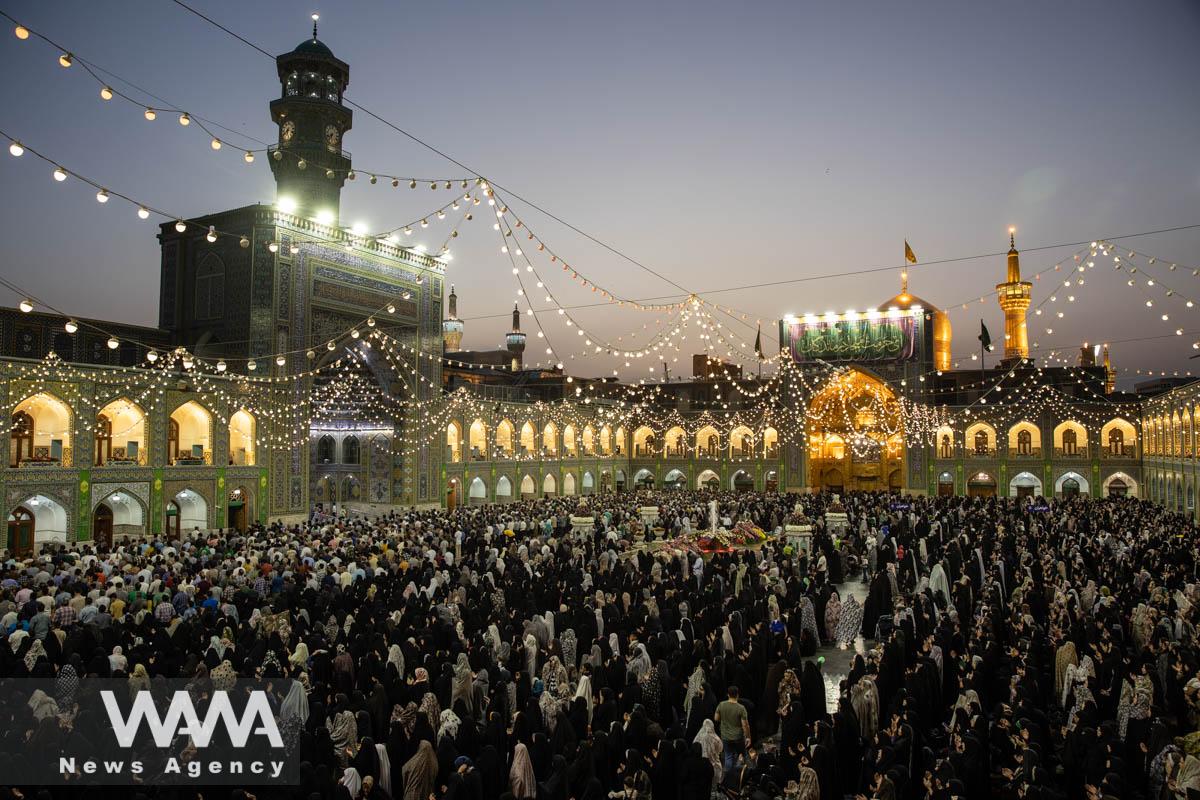Who Was Imam Reza and Why Is He So Important to Iranians?
WANA (May 09) – Imam Reza (peace be upon him) was the eighth Imam in Shia Islam, one of the two main branches of Islam. Shia Muslims believe that after the Prophet Muhammad, religious leadership should have been passed down to a line of Imams—descendants of the Prophet—who were the most morally, spiritually, and intellectually superior individuals of their time. Imam Reza was born in 765 AD in the city of Medina, in present-day Saudi Arabia. His full name was Ali ibn Musa al-Reza.
He was highly respected and beloved for his vast knowledge, his open and thoughtful discussions with scholars of different religions, his kind treatment of people, and his simple, pious way of life. During the reign of the Abbasid Caliph al-Ma’mun, Imam Reza was brought from Medina to Khorasan (in present-day northeastern Iran). Although the move appeared to be a gesture of honor and recognition, it was actually a way for the caliph to politically restrict and control him. Eventually, Imam Reza was poisoned and killed in the city of Tus by order of al-Ma’mun.

A general view of the Imam Reza holy shrine in Mashhad, Iran, May 8, 2025. Majid Asgaripour/WANA (West Asia News Agency)
He was buried in that city, and his shrine later became known as the “Shrine of Imam Reza,” a grand spiritual and cultural complex located in the heart of Mashhad, Iran. Today, the shrine is not only a major religious pilgrimage site but also a significant cultural, social, and even economic center in Iran.
Each year, over 30 million people from within Iran and from countries such as Iraq, Pakistan, Afghanistan, India, Lebanon, Syria, and even from Europe and the U.S. travel to Mashhad to visit the shrine. Some pilgrims journey hundreds or even thousands of kilometers just to spend a few hours or days near the tomb of Imam Reza, to pray and find peace in the serene atmosphere.
In Iranian culture, Imam Reza represents kindness, compassion, and hope. Many Iranians refer to him as the “refuge of the helpless” and believe they can seek his intercession and help in difficult times. His presence is deeply felt in Persian literature, music, films, and folk traditions.

People pray at the Imam Reza holy shrine in Mashhad, Iran, May 8, 2025. Majid Asgaripour/WANA (West Asia News Agency)
His birthday, which falls on the 11th of Dhu al-Qi’dah in the Islamic lunar calendar, is celebrated throughout Iran with public festivities, sweets, street decorations, and religious ceremonies. In Mashhad, the day holds special significance, drawing thousands of visitors from across the country and beyond.
The shrine of Imam Reza is not just a religious monument—it is the beating heart of Iranian spirituality and culture.













